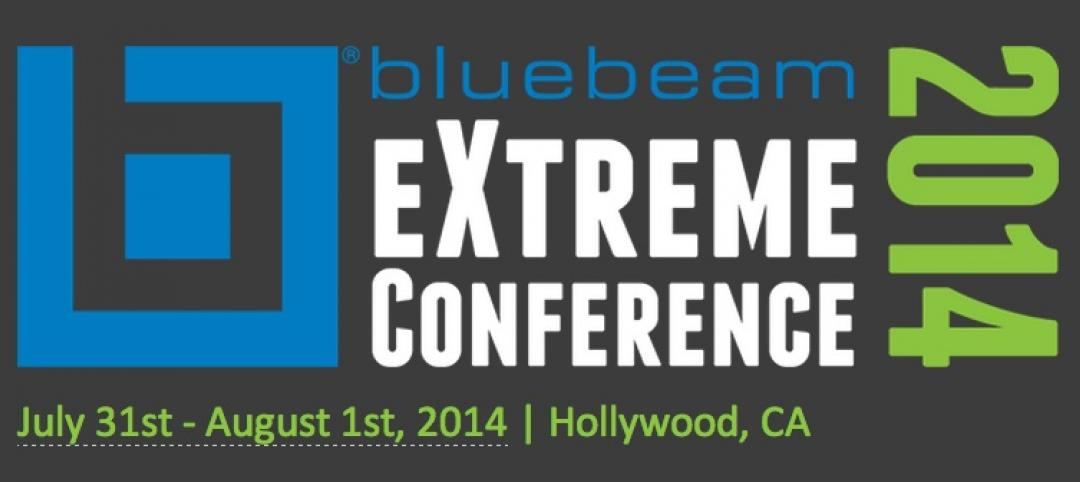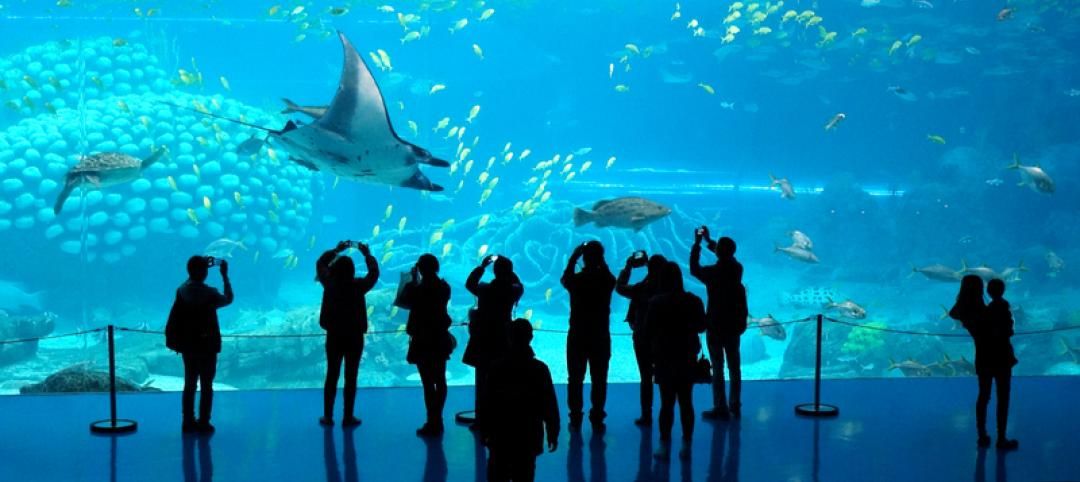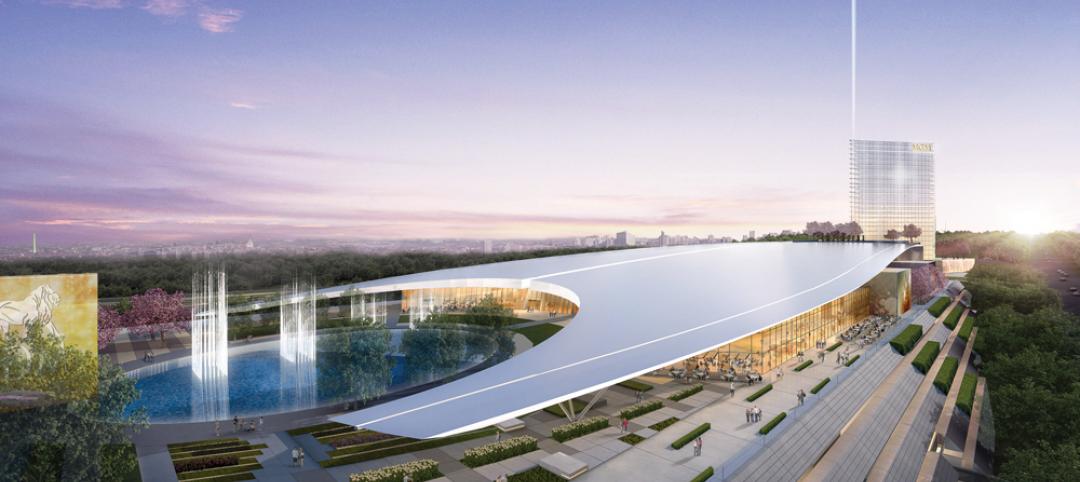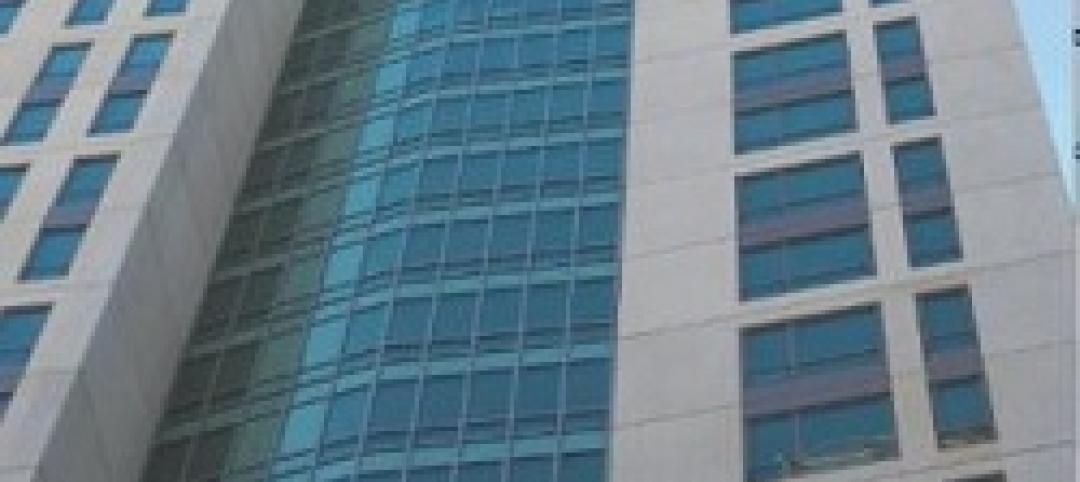A research team at the University of Toronto at Scarborough worked with several European designers to see what sort of spaces pleases our brains more.
Fast Company reports that the team, led by psychologist Oshin Vartanian, found that people are “far more likely to call a room beautiful when its design is round instead of linear.”
Hence, when Philip Johnson first visited the Guggenheim Museum in Bilbao, designed by the curve-master Frank Gehry, the tears he reportedly shed were caused by the building’s design tapping into some primordial human emotional network.
To conduct the study, the team slid people into a brain imaging machine and showed them pictures of rooms and buildings. They found that oblong couches, oval rugs, and looping floor patterns were universally seen as beautiful by all men and women who participated.
One of the many conclusions Vartanian and his team found was that human brains associate sharp lines (and sharp objects in general) with a threat, so curves signal a lack of threat, or safety.
Learn more about the research at Fast Company.
Related Stories
| Apr 10, 2014
Collegiate sports becoming greener: Survey
A survey conducted from May through June 2013 by the University of Arizona Office of Sustainability and published by the Natural Resources Defense Council (NRDC)* finds that more collegiate athletic teams are adopting green and sustainable practices in operation of their sports facilities.
| Apr 10, 2014
Submit Your Project for a Bluebeam eXtreme Award!
Bluebeam is holding the second annual Bluebeam eXtreme Awards at the 2014 Bluebeam eXtreme Conference in Hollywood, Calf.
| Apr 9, 2014
How patient-centered medical homes can help healthcare providers and patients
Beyond reducing the number of uninsured Americans, the Affordable Care Act is driving new types of healthcare facilities, especially patient-centered medical homes.
| Apr 9, 2014
Colossal aquarium in China sets five Guinness World Records
With its seven salt and fresh water aquariums, totaling 12.87 million gallons, the Chimelong Ocean Kingdom theme park is considered the world’s largest aquarium.
| Apr 9, 2014
5 important trends shaping today’s hotel construction market
AEC firms, developers, and investors worldwide are bullish on hotels. Our hospitality Giants share what’s new in this fast-morphing sector.
| Apr 9, 2014
Steel decks: 11 tips for their proper use | BD+C
Building Teams have been using steel decks with proven success for 75 years. Building Design+Construction consulted with technical experts from the Steel Deck Institute and the deck manufacturing industry for their advice on how best to use steel decking.
| Apr 8, 2014
Fire resistive curtain wall helps The Kensington meet property line requirements
The majority of fire rated glazing applications occur inside a building to allow occupants to exit the building safely or provide an area of refuge during a fire. But what happens when the threat of fire comes from the outside? This was the case for The Kensington, a mixed-use residential building in Boston.
| Apr 8, 2014
Understanding value billing vs. conventional billing
Every company is a sum of the value it delivers to its clients. What differs from one company to the next is how that value is delivered and perceived. All too often, it is based solely on the fee you charge.
| Apr 8, 2014
Science, engineering find common ground on the Northeastern University campus [slideshow]
The new Interdisciplinary Science and Engineering Building is designed to maximize potential of serendipitous meetings between researchers.
| Apr 8, 2014
40 Under 40 winners: Meet the contractors
Of the up-and-coming AEC professionals to be named to the class of 2014, nine make their living as contractors.

















